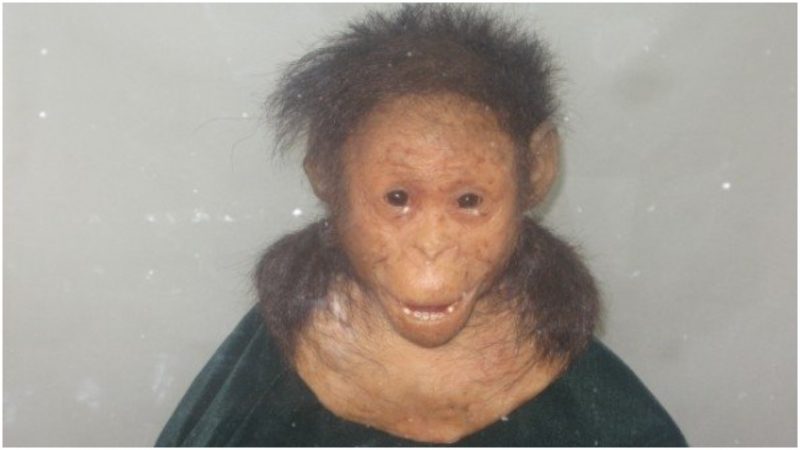Have you ever wondered who some of the earliest ancestors of the human race were? One of them is Selam, a fossilized skull that was found along with other skeletal remnants belonging to a three-year-old Australopithecus afarensis. This extinct hominin, deemed to have been a relative of the genus homo, lived some time between 3.9 million and 2.9 million years ago, and inhabited Africa and possibly Europe as well.
The official name of the fossil, Selam, is a word that means “peace” and it was first used in the announcement of this significant discovery at the National Museum in Ethiopia’s capital of Addis Ababa.
The remains of Selam were unearthed in Dikika, Ethiopia, in 2000, part of a region that is historically famed for being the Cradle of Civilization. Full recovery of the remnants of Selam took place over the course of the next couple of years, the process of which has been described by experts as “painstaking work.” The skull of the child had been helmeted in hard sandstone, which needed to be carefully removed.
Meanwhile, Selam earned its famed nickname, “Lucy’s baby,” inspired by another precious specimen, called Lucy, dated at 3.3 million years. Although analyses have shown that Selam is older than Lucy by many tens of thousands of years, the main reason why such a nickname was given to Selam was the proximity of the two discoveries; the locations of the digs are not too far from one each other.
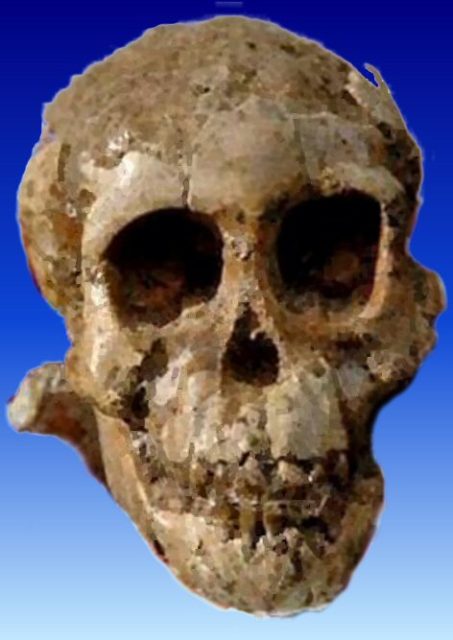
Lucy for one was discovered in 1974 and its finding has been of utmost importance, offering insights that shake up some of the theories of how humans evolved. However, Lucy’s baby is no less significant. As the skull and other remains have been remarkably preserved, it has offered scientists a greater opportunity to understand things like growth patterns of the fossil hominins, allowing them a more in-depth look into their ontogenetic development, which is something essential to the study of human evolution.
“This is something you find once in a lifetime” were the words of an Ethiopian paleoanthropologists, Zeresenay Alemseged, who found “Lucy’s baby.”
Six years after the finding of Selam’s fossil, the discovery was presented in the journal Nature in September 2006. It’s astonishing to find both because of their respective ages. National Geographic commented: “Found in sandstone in the Dikika area, the remains include a remarkably well-preserved skull, milk teeth, tiny fingers, a torso, a foot, and a kneecap no bigger than a dried pea.”
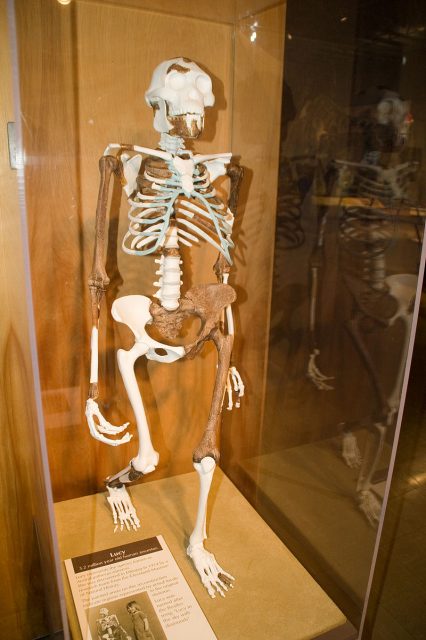
The remains of Selam were found a couple of miles south of Hadar, a location previously noted for the discovery of Lucy. Further analyses of Selam remains have suggested that the child fossils and that of Lucy have similar traits. Selam was also adapting to walk upright.
“The skull of the approximately three-year-old presumed female shows that most features diagnostic of the species are evident even at this early stage of development,” said experts on the discovery.
What tests have further revealed is that Selam likely spent extensive time doing tree-climbing, while CT scans performed on the skull provided details about the forming of small canine teeth. This has also supported evidence that the remains are those of a female.
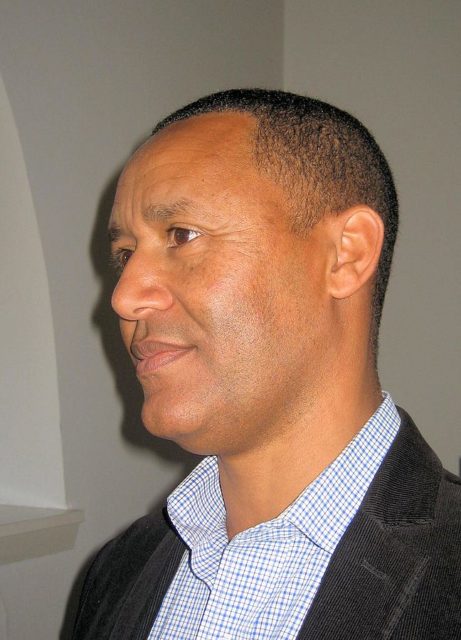
When determining how the infant lost its life, not all details are clear, but there are indications that the death of the child likely occurred suddenly, perhaps amid a flood. According to Zeresenay, the child was buried “just after it died,” and as he continued: “That’s why we found an almost complete skeleton, so maybe [drowning] could be the cause of its demise.”
Both Selam and Lucy, among other fossils believed to have belonged to the hominin, were unearthed in the northern parts of the Great Rift Valley of Africa, a region that was once inhabited not only by some of our distant relatives but also various other now-extinct species of animals, included types of elephants or hippos.
According to Zeresenay, the preserving of remains as old as these required they be buried deep in sediments, after which only activities from tectonic plates can expose them, which is exactly the case of the entire Great Rift Valley.
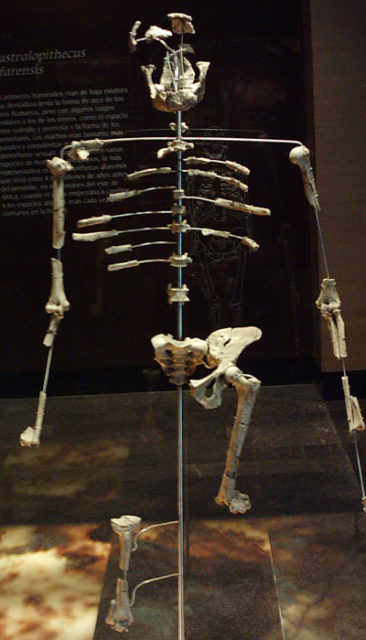
For many paleoanthropologists, it is fascinating how Lucy’s baby has more human traits than other specimens found much later on, which is all the more reason why Lucy’s baby has further been bestowed with such a gracious title, the world’s oldest known child.
The finding is critically important as it offers a glimpse into how our very early ancestors grew, developed, and changed.
